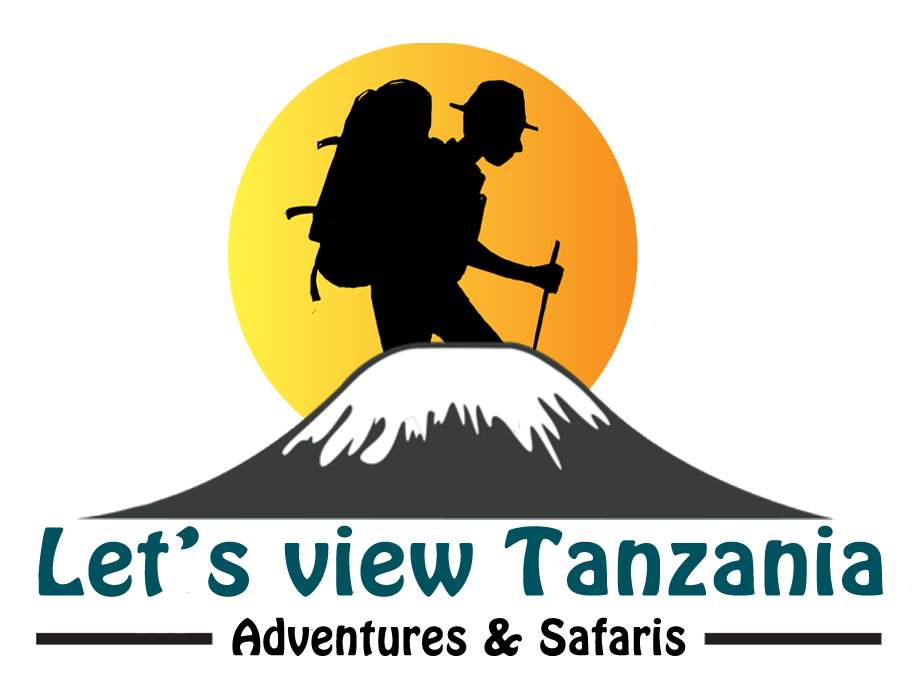Ngorongoro crater facts
The Ngorongoro Crater – the name has an almost mystical ring to it, conjuring images of a giant wildlife-filled volcanic caldera, where the big five and many other animals roam. But there’s even
more – the Ngorongoro Conservation Area also encompasses mountains, lakes, forests and wide-open African plains! With the world-famous crater at its hart, the Ngorongoro Conservation Area covers an area of 8300 sq km. This African wildlife area was previously part of the Serengeti National Park, but due to the grazing needs of the animals of the local Masai, the area was reclassified as an African wildlife conservation area in Tanzania.
The Ngorongoro Conservation Area as a whole has much to offer but the jewel in its crown is, without a doubt, the eponymous crater – an area of 265 sq km, which is 610 meters deep and 19 km across. The rim of the crater is an astounding 2286 meters above sea level. The floor contains a small soda lake, called Lake Magadi and it is estimated that 30 000 animals are living in the crater, making it the most intensive safari game viewing area on earth! It was therefore very fittingly declared a World Heritage Site in 1978. A visit to Tanzania is simply incomplete without a safari visit to the park. Please refer to the map below for further details, pictures, photos images and information on this magnificent and picturesque park.
Geology
The Ngorongoro Crater lies in northern Tanzania in what was once volcanic terrain. A little more than 2,5 million years ago, Ngorongoro was a volcanic mountain rivalling nearby Mount Kilimanjaro in size, as one of the highest peaks of Africa. Then its top collapsed, resulting in the gigantic caldera, or volcano, the largest un-flooded and unbroken caldera in the world. Often, when you stand on the Crater’s rim you can see elephants, buffaloes and rhinos – mere specks in the distance, but a foretaste of what is to come.
Olduvai Gorge
Located within the Ngorongoro Conservation Area is the Olduvai Gorge. It is here at Olduvai Gorge that Dr. Louis Leakey and family discovered the remains of Homo Hablis or “handy man”, regarded as mankind’s first step on the ladder of human evolution, proving his theory that man had his origins in Africa. But many more fossils have been discovered here at Olduvai Gorge, including those of prehistoric elephants, giant horned sheep and enormous ostriches. Footprints of humanoids believed to be three million years old have also been discovered at Olduvai Gorge. A fascinating museum houses replicas and actual artefacts found on site at Olduvai Gorge, which makes the site worth a safari trip during your stay in this area.
Ngorongoro crater animals
The park is one of the most densely crowded wildlife areas in the world and is home to an estimated 30,000 animals. There are no giraffe, topi or impala in the park – they probably find it to difficult to negotiate the crater rim cliffs and there is also insufficient grazing for large herds of antelope, inside the park. However the park teems with wildebeest, zebra, buffalo, aggressive pack hunting hyenas and resident lion prides. Supported by a year round supply of water and fodder, the park supports a vast variety of animals, which include impressive herds of wildebeest, zebra, buffalo, eland, warthog, hippo, giant elephants and a small population of black rhino. Another big draw to this picturesque park is it dense population of predators, which include lions, hyenas, jackals, cheetahs and the ever elusive leopard, which sometimes requires a trained eye to spot.
Ngorongoro crater photography
It is the setting of the park that makes wildlife viewing and photography in the caldera so extraordinary and rewarding. The steep walls of the crater, often falling into indigo shadows, create a spectacular backdrop for your pictures, photos and digital images. But it is the animals that are the stars in all the pictures. They are varied and abundant, many are remarkably tame and habituated to the safari vehicles. They are also generally out in the open, where they are easily photographed.
Ngorongoro crater routes
The Ngorongoro Crater is only open from 06h00 to 16h00 and only 6 hour safari permits are issued which allows for only a single 6 hour morning game drive or 6 hour afternoon game drive to the park. There are two picnic and toilet spots – the one in the Lerai Forest and at the other at the Ngoitokitok Springs located in the south-eastern section of the park, please refer to the safari map below.
The best vantage point is the flat-topped Engitati Hill in the north-eastern corner of the park. Lake Magadi, a large but shallow alkaline lake in the south-western corner, is the main feature of the crater. A large number of flamingos, hippos and other water birds can usually been seen here. The Lerai Forest a fever tree forest located in the south is a good place in the park to see animals such as elephants, waterbuck and flitting sunbirds. Swamps, thorn scrub and grassland fill the rest of the park and provide the bulk of wildlife viewing.
There are three main safari routes that are used to gain access in and out of the Crater. The main descent road (one-way) is located on the north-western side of the crater and the main ascent road (also one-way) on the southern wall just east of the Lerai Forest. Mainly guest from the Ngorongoro Sopa Lodge uses the third road, in the north-eastern corner of the crater, in both directions. Please refer to the safari map below for further details and information in this regard.
The late Professor Bernhard Grzimek, a man whose name will always be associated with Ngorongoro described the crater as: “It is impossible to give a fair description of the size and beauty of the park, for there is nothing with which one can compare it. It is one of the wonders of the world”.
















0 Comments